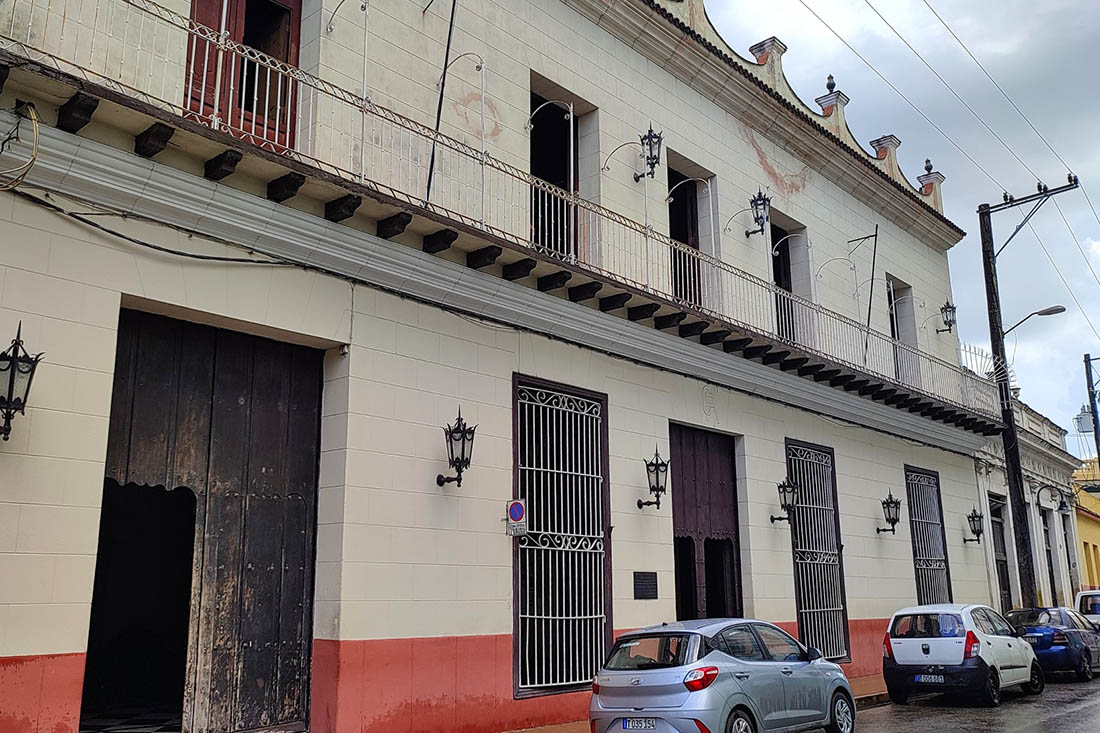This construction, of a domestic type, dates back to the colonial period, approximately in the middle of the 19th century. The building was built by Mr. Martín del Castillo, a wealthy prince; and when it was seized during the War of 1968, the Military Command of the Spanish Army settled there. Between 1882 and 1896 it became a Secondary Education Institute
Evolution in its uses
In the 20th century and with the advent of the Republic, it served as the headquarters of the Spanish Colony, until in the 1970s it became the headquarters of the Spanish Cuban Friendship Society and later the Cuban Institute of Friendship with the Peoples, inaugurated the latter on October 29th, 1976 by our national poet Nicolás Guillén.
Since 1986 it has been part of the cultural institutions of the province, as the Center for Cultural Promotion of the city and in 1993, when the 60th anniversary of the Seville-Camagüey flight was commemorated, it was renamed the Ibero-American Center for Culture; institution that grouped the associations of natives of Spain and their descendants.
In 1998 it became the Provincial Center for Community Culture, a methodological center that attended community programs, amateurs in dance, theater, music, literature and visual arts. The Ignacio Agramonte House of Culture currently resides in the building.
About its architecture
It is a two-story building in which colonial and neo-colonial architectural codes are mixed. The big doors and windows with lintelled openings stand out. In the upper part of its facade you can see the top of the parapet with curved lines, and the continuous balcony with iron bars.
The cladding of the building imitates stonework and the interior is plastered. The roof is made of reinforced concrete with a grooved finish and welding. The mezzanine is made of wood. In the interior space, above the main hall, there is a skylight supported by Tuscan columns. The floors are mosaic with a black and white checkerboard pattern.
A singular touch is the presence of some lions on both sides of the stairs, an ornamental detail that distinguishes the building in the imagination of the people of Camagüey.
Translated by: Aileen Álvarez García






